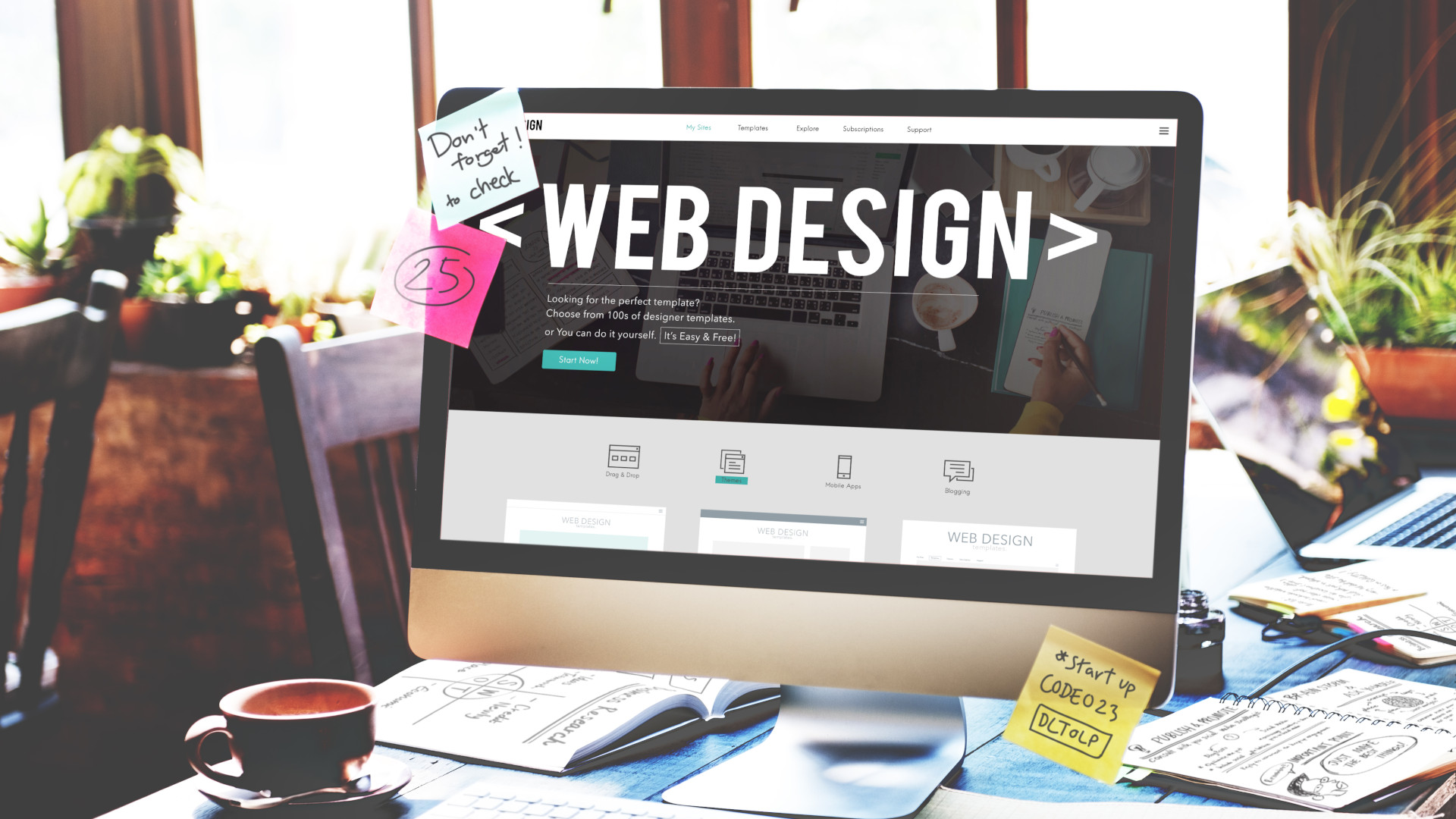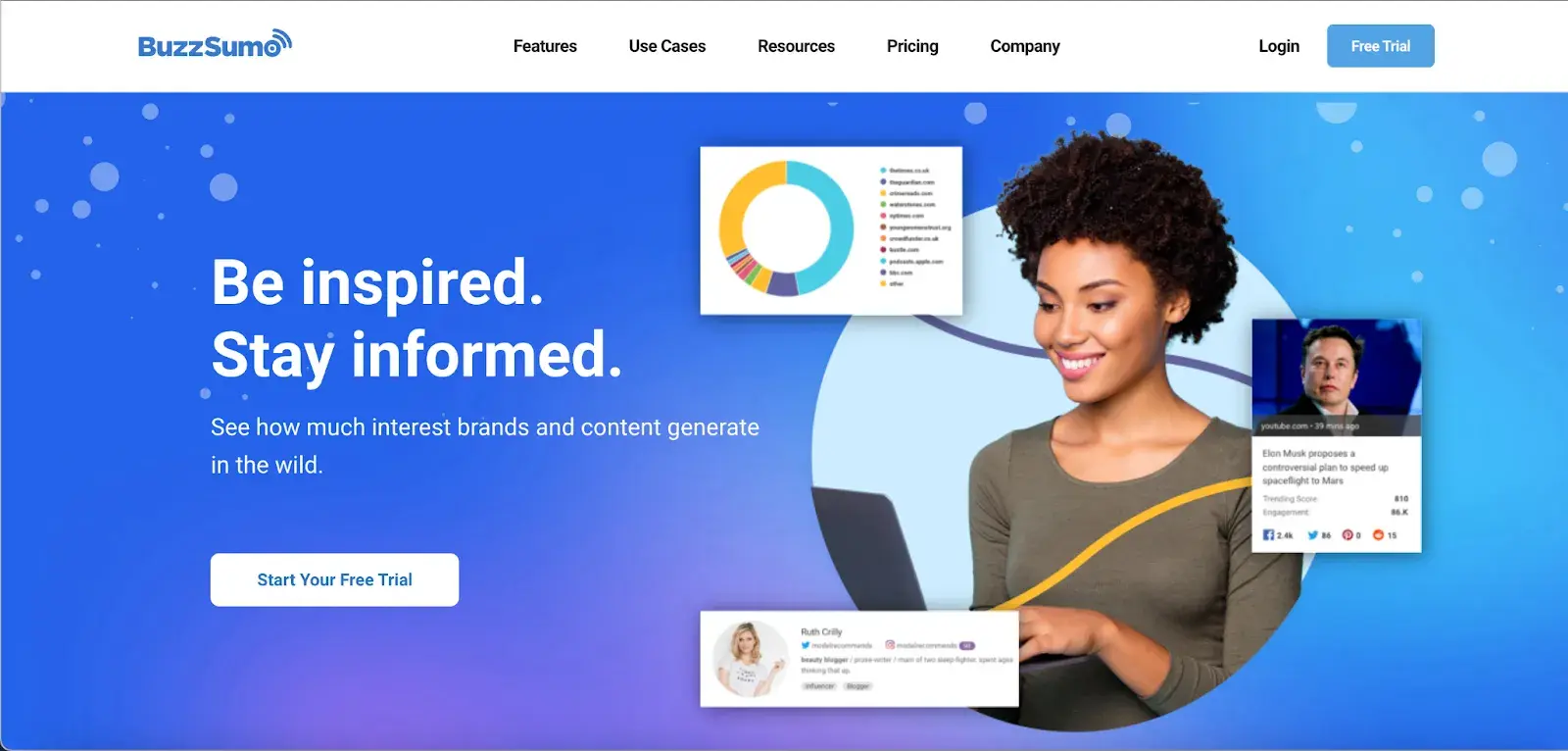The Psychology Behind Color Use in Sydney Web Design
The Psychology Behind Color Use in Sydney Web Design
Blog Article
Checking out the Connection In Between Website Design and Enhanced Client Interaction
When you consider website design, think about how it affects client involvement. A user-centric approach can transform a straightforward visit right into a long lasting connection. By concentrating on instinctive navigating, responsive layouts, and enticing visuals, you can create an experience that urges individuals to return. Yet what certain components genuinely drive this engagement? Comprehending these factors can disclose exactly how to maximize your style for far better outcomes. Let's explore the subtleties that can make all the difference.

The Significance of User-Centric Style
When you focus on user-centric design, you're not simply creating a website; you're crafting an experience that reverberates with your audience. This technique puts the customer's demands and choices at the forefront, guaranteeing they locate worth and complete satisfaction in their communications. By comprehending your audience, you can tailor capability, content, and design to meet their expectations.

In addition, when customers really feel comprehended, they're extra most likely to return. Inevitably, investing in user-centric design isn't simply concerning aesthetic appeals; it's about fostering a long-term connection with your audience, driving engagement, and accomplishing your company objectives.
Secret Components of Efficient Website Design
Reliable website design hinges on numerous key components that function together to develop a seamless customer experience. First, you require a attractive and clean design that attracts visitors in. Emphasis on using a regular color system and typography to keep aesthetic consistency. Next off, prioritize fast packing times; no person wants to wait ages for a page to show. Clear calls-to-action are vital too-- they lead individuals to take preferred activities, like signing up or buying.
Furthermore, include high-quality images and engaging content that connect to your audience's interests. This maintains them on your site longer and encourages interaction - Web Design Company Sydney. Identify your layout is responsive, adapting efficiently to various gadgets. By concentrating on these components, you create an inviting environment that encourages consumer engagement and improves their overall experience. Bear in mind, a well-designed site not only looks excellent but likewise promotes depend on and motivates repeat visits.
The Role of Navigating in Customer Experience
How does navigating effect your overall experience on a website? It's vital. When you come down on a site, intuitive navigating helps you discover info rapidly and easily. If you can not locate what you're trying to find, disappointment collections in, and you're most likely to leave. Clear food selections and logical categorization make your journey seamless, improving your satisfaction.
Good navigation reduces unnecessary clicks and keeps you engaged. If you can quickly backtrack or leap between web pages, you're extra likely to explore various areas of a website. In addition, well-structured navigating strengthens trust; it reveals that the website is specialist and user-centered (Sydney Web Design).
A sticky or breadcrumb navigating can likewise be advantageous, as it allows you to maintain context while searching. Basically, reliable navigation not only boosts use however also cultivates a favorable user experience, driving you to return and possibly convert into a devoted client.

Impact of Responsive Design on Engagement
As customers progressively accessibility web sites on different devices, receptive layout ends up being vital for preserving interaction. When your site adapts seamlessly to different display sizes, users appreciate a constant experience, whether they're on a smart device, tablet computer, or desktop . This adaptability motivates visitors to stay much longer, decreasing bounce prices and enhancing the possibility of conversions.
Think of it: if your site looks chaotic or hard to browse on a mobile phone, customers are most likely to leave in irritation. By buying responsive design, you accommodate their demands, making it simpler for them to discover what they're looking for.
Additionally, search engines favor receptive websites, enhancing your presence online. This means a lot more possible consumers can uncover your brand. Inevitably, a receptive design not just improves customer experience but likewise boosts client involvement, leading to enhanced commitment and far better overall efficiency for your business.
Visual Pecking Order and Its Impacts on Interaction
Producing a strong visual pecking order can substantially enhance user interaction on your web site. By arranging aspects in a manner that overviews the eye, you make it much easier for site visitors my review here to soak up and browse info. Use size, placement, and contrast to highlight vital features, ensuring they capture the individual's interest today. Bigger message or strong colors can attract emphasis to essential telephone calls to action.
When you focus on aspects effectively, site visitors without effort know where to look initially, raising the possibilities they'll engage with your web content. Consistency in format assists customers develop familiarity, lowering cognitive load and motivating them to explore additionally.
Incorporating whitespace is just as crucial; it allows your style to take a breath, making it simpler for users to process details. Generally, a well-structured visual pecking order not just improves visual appeals but likewise fosters an extra satisfying and appealing individual experience on your web site.
The Power of Color and Typography in Branding
When you think of your brand, take into consideration just how shade and typography affect your audience's perceptions and feelings. Picking the right colors can stimulate certain sensations, while your font style can interact your brand name's character. Together, these components can substantially boost your brand's identification and client interaction.
Color Psychology in Branding
Color plays an essential role in branding, influencing just how clients view a company and its worths. Each color stimulates details emotions and associations, forming your brand name's identification and connection with your target market. Blue usually communicates trust fund and professionalism, while red can signal excitement and necessity. When you select colors for your brand name, consider the message you wish to interact. this Regular usage of color not only strengthens brand recognition but additionally promotes emotional links with your consumers. It is very important to straighten your shade selections with your target market's preferences and cultural assumptions. Inevitably, comprehending color psychology can enhance your branding method, making your service much more remarkable and attractive in an open market.
Typography's Influence on Perception
The aesthetic components of your brand prolong beyond color; typography additionally plays an important duty in shaping client assumptions. When you select the appropriate font, you communicate your brand name's personality and values. A smooth, contemporary font can suggest advancement, while a timeless serif font could evoke practice and integrity. Your target market's reading experience is directly influenced by these selections, impacting their interaction degrees.

Gauging the Success of Design Changes on Engagement
Exactly how can you effectively gauge the impact of design changes on client interaction? Start by setting clear objectives of what you intend to attain with your layout alterations. Make use of analytics tools to track user interactions, such as click-through rates, time invested in web pages, and bounce prices. A/B testing is an additional effective technique; by contrasting two versions of a layout, you can straight see which one reverberates far better with your audience.
Don't forget to gather qualitative feedback via studies or individual meetings. This can give understandings into just how your style changes make customers feel. Screen social media sites comments and discusses for real-time reactions.
Ultimately, regularly review your metrics and readjust your methods based on what the data shows. By integrating quantitative and qualitative steps, you'll obtain an extensive understanding of how your layout modifications affect client involvement and can make enlightened decisions progressing.
Often Asked Questions
Just how Frequently Should I Update My Internet site's Style?
You need to update your web site's design every 1-3 years, or faster if you see obsolete elements. Routine updates maintain your website fresh, improve individual experience, and assure it straightens with current patterns and technologies.
Can Website Design Alone Boost Sales Conversions?
Internet design alone won't guarantee boosted sales conversions, but it can greatly improve customer experience and build count on. Incorporate it with reliable marketing methods, and you'll see a much more significant influence on your sales.
What Are Typical Website Design Errors to Prevent?
When developing your internet site, avoid messy designs, slow-moving packing times, and hard-to-read fonts. Don't forget mobile optimization or neglect clear contact us to action. These mistakes can irritate customers and drive possible customers away.
Exactly How Does Internet Style Impact SEO Performance?
Website design impacts SEO performance by affecting site rate, mobile responsiveness, and customer experience. If you maximize these aspects, search engines rank your site greater, driving more traffic and improving visibility in search results.
Should I Prioritize Appearances or Capability in Layout?
You need to focus on performance over looks in design. Users need a smooth experience to navigate easily. Don't completely neglect appearances; a balanced approach maintains your site aesthetically appealing while ensuring it's effective and straightforward.
Verdict
To summarize, accepting a user-centric method in internet design can really boost customer interaction. Regularly measuring and changing your layout based on information will guarantee that you stay in tune with individual demands, eventually driving higher conversion prices and long-term customer loyalty.
Checking out the Relationship Between Web Style and Boosted Customer Interaction
When you believe regarding internet design, consider exactly how it influences customer interaction.Effective web style hinges on a number of essential components that work together to develop a smooth customer experience. Eventually, a responsive design not just enhances user experience but additionally boosts customer engagement, leading to increased loyalty and much better overall performance for your business.
Regularly gauging and readjusting your layout based on data will certainly ensure that you stay in tune with user needs, ultimately driving higher conversion prices and enduring client loyalty.
Report this page